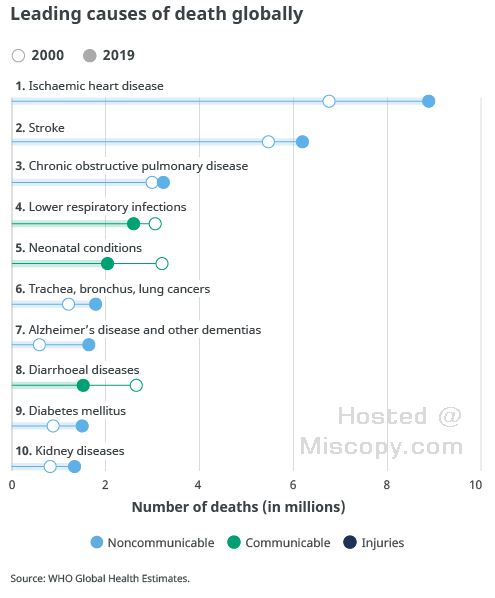The Bernays Dynasty is a fascinating family whose influence can be felt across various fields, from literature to public relations, politics, and feminism. The dynasty’s origins can be traced back to Rabbi Bir Neustedtel, or Baer Lazar, who lived in the German state of Hesse. His sons, Isaac and Jacob Bernays, founded influential dynasties in Europe, America, and Australia.
Isaac Bernays was the chief rabbi of Hamburg and is credited with combining orthodox Judaism and European culture in education. His younger brother, Adolphus Bernays, was the first professor of German at King’s College, London. Adolphus Bernays wrote multiple books to help English speakers learn German. Hakham Isaac Bernays founded a branch of the Bernays dynasty that remains influential to this day.
One of Isaac’s sons, Jacob Bernays, became a respected philologist and translator who wrote a biography of Joseph Scaliger, the founder of modern chronology. Isaac’s son Michael Bernays renounced Judaism in favor of Christianity and became a German historian of literature and an important researcher of Goethe and Shakespeare.
Isaac’s eldest son, Bermann Bernays, had a daughter, Martha Bernays, who became Sigmund Freud’s only wife. According to many of Freud’s biographers, her younger sister Minna Bernays was Freud’s mistress, and it is likely that Isaac Bernays’s granddaughters inspired the Austrian psychoanalyst to study sexuality in depth.
Bermann’s grandson, Edward Bernays, is often referred to as the “father of public relations“, a newspeak for “father of propaganda“. He was responsible for many famous campaigns, including the promotion of female smoking as a feminist act and work for United Fruit Company related to the CIA-organized overthrow of the democratically elected government of Guatemala.
Other notable members of the Bernays family include:
- Thekla Bernays – a suffragette who wrote a decalogue for women that laid the foundations for modern feminism;
- Karl Ludwig Bernays – a German journalist and associate of Karl Marx who later held several important positions in the Republican Party after emigrating to the US;
- Doris Fleischmann Bernays – feminist activist and Edward Bernays’s wife, who urged women to keep their names after marriage and was the first married woman to obtain a US passport with her maiden name;
- Paul Bernays – a Swiss mathematician known for his work in the axiomatic set theory and the philosophy of mathematics who co-founded the philosophical journal Dialectic;
- Robert Hamilton Bernays – a liberal member of Parliament and close friend of Sir Harold Nicolson, one of the organizers of the League of Nations, and other high aristocrats in the UK.
Despite the extensive information available on deceased members of the Bernays family, information on the living members of the family is limited. However, the descendants of the Bernays dynasty continue to have a direct influence on the public consciousness of many nations. Mark Bernays Randolph, the great-grandson of Martha Bernays, is an entrepreneur and environmentalist from the United States and is the co-founder and first CEO of Netflix.





